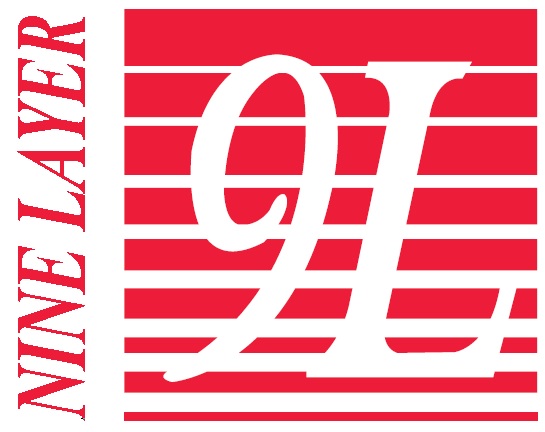In medicine, new systems happen to be bringing about a revolution nicknamed 4P – predictive, preventative, customized and participatory. From manufactured intelligence (AI) to 3D stamping and even ingestible sensors, these kinds of advances give patients better health solutions and allow doctors to be even more proactive within their treatment.
One of the greatest changes is a result of big data and the beginning of AI-based analytics and models which can be used by doctors to keep an eye on trends and predict the onset of illnesses like malignancy, COVID-19 or heart disease. A Toronto-based artificial intelligence business, for example , applied its predictive tools to advise its customers – including various government authorities, hospitals and businesses — to an unique bump in pneumonia cases in Wuhan, China, that has been later proven as the COVID-19 pandemic.
Other technology is aimed at improving sufferer comfort and lowering stress levels. Virtual reality and augmented truth are being used to distract nervous sufferers during surgical procedure, or to support train medical students devoid of putting serious patients at risk. And remote control monitoring has become more common, as a result of devices that could track stress and oxygen saturation levels or send out alerts when the numbers will be slipping.
These types of advancements are definitely not just helping to improve individual care, they are also reducing costs. The adoption from it in healthcare has reduced the need www.medisoftreports.com for newspaper charts and enables better data storage space and retrieval. It has also lowered the chance of medication mistakes and better communication among healthcare practitioners and individuals.
